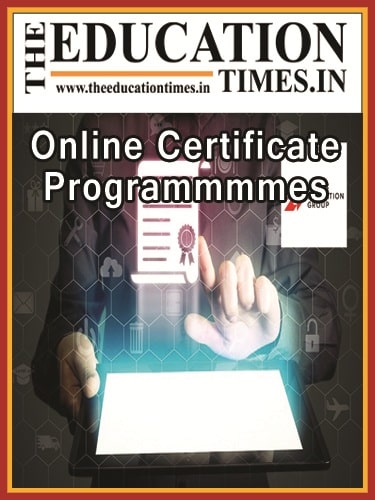By Dr. Akhil Shahani, Managing Director, The Shahani Group.
The Covid-19 pandemic has affected the education sector adversely, with a sudden shift in teaching pedagogies due to the shutting down of schools and colleges. Students, teachers and parents have had to relearn and readjust with the changing times. With a sudden shift to digital classrooms, teachers have to travel the extra mile to ensure that students continue to learn the quality of education is not hampered. Teachers and educators can keep in mind the following points to make a virtual classroom a success.
Access and connectivity
The most important thing when taking a virtual class is to ensure that one has access to a high-speed bandwidth connection for a favourable experience. It is also important to test all the tools and get well acquainted with the platform that you intend to use to understand it’s working.
Keep students informed
It is imperative that a clear communication is established with students regarding the schedule of the class to ensure maximum attendance and preparedness. The access details and instructions should also be sent well in advance so that students can prepare for the class and manage their schedule accordingly.
Interact with the students
A virtual classroom is very different from a physical one, and students tend to lose attention easily if the class is not engaging enough. Most teachers run presentations or indulge in monologues which may be grave mistakes as they tend to wear the student out. Teachers should instead adapt a ‘flipped classroom’ approach, to increase student engagement and active learning.
Communicate effectively
Communication is key, especially in a virtual classroom where a teacher is not physically present. Teachers need to ensure that the course material is effectively communicated to students. They need to constantly ask students about whether a not a topic is clear and encourage them to ask questions. General rules regarding the class should also be set down with students with clarity.
Availability
It is important to be available for students throughout the course of the lecture. It is also advisable to regularly check the course and make updates to presentations and notes to keep the course upto date.
Make sessions engaging
The best way to tackle with a student’s limited attention span,is to grab their attention with an interesting hook. A hook could be an anecdote or a scene from a movie or sitcom, or even a chapter or quote from a book at the beginning of the lecture that is related to the topic of the lecture. Research shows that students can lose 20% of their attention if teachers for more than 2 minutes. Hence, it is recommended to keep the lectures shirt, informative and interesting.
Use video conferencing tools
While many platforms provide the option keep the video switched off, while still being a part of a meeting, it is advisable to encourage students to keep their video on at all times. As a teacher, this helps assess the student in order to make sure he/she are attentive, and connect with them by asking questions and establishing eye contact.
Small class size
In a virtual classroom, it is always advisable to limit the number of students participating to 30. By doing so, teachers will be able to take shorter and more sessions, as well as interact with each and every student who has joined the class.
Recording a class
For teachers that may have to resort to recording lectures, it is important to follow a few tips to ensure quality learning. The clip should be rehearsed before recording. The audio/video should be recorded in a closed room sans background noise and in a well-lit and bright room to avoid a grainy, unclear picture or voice.
Classroom Discipline
To maintain discipline in a classroom, a coordinator should be assigned during each session. The coordinator can assist the teacher in ensuring a smooth operation of the lecture and also help assess student behaviour and check that discipline is maintained throughout the session.
Corporate Comm India (CCI Newswire)


































